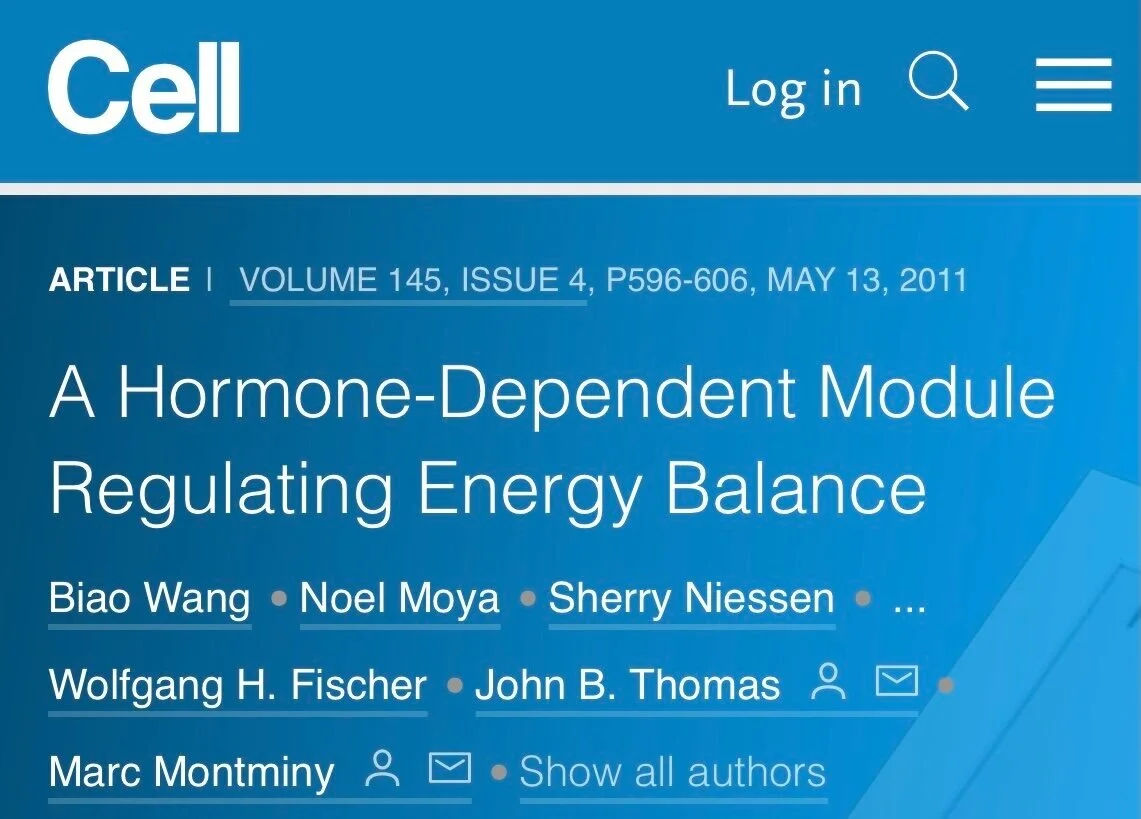Scientific publications
authored or co-authored by our Co-founder Dr. Noel Moya, PhD
Increasing Gene Editing Efficiency for CRISPR-Cas9 by Small RNAs in Pluripotent Stem Cells
CRISPR Journal
Volume 4, No. 4 August 2021,
Gene manipulations of human induced pluripotent stem cells (iPSCs) by CRISPR-Cas9 genome engineering are widely used for disease modeling and regenerative medicine applications. There are two competing pathways, non-homologous end joining (NHEJ) and homology directed repair (HDR) that correct the double-strand break generated by CRISPR-Cas9. Here, we improved gene editing efficiency of gene knock-in (KI) in iPSCs with minimum components by manipulating the Cas9 expression vector. Either we inserted short hairpin RNA expression cassettes to downregulate DNAPK and XRCC4, two main players of the NHEJ pathway, or we increased cell survival by inserting an anti-apoptotic expression cassette of miRNA-21 into the Cas9 vector. For an easy readout, the pluripotency gene SOX2 was targeted with a T2A-tdTomato reporter construct. In vitrodownregulating DNAPK and XRCC4 increased the targeting efficiency of SOX2 KI by around twofold. Furthermore, co-expression of miRNA-21 and Cas9 improved the efficiency of SOX2 KI by around threefold. Altogether, our strategies provide a simple and valuable approach for efficient CRISPR-Cas9 gene editing in iPSCs.
Generation of a human iPSC line harboring a biallelic large deletion at the INK4 locus (HMGUi001-A-5)
Stem Cell Research, Volume 47, August 2020, 101927
The INK4 locus is considered as a hot-spot region for the complex genetic disorders, including cancer, type 2 diabetes (T2D) and coronary artery disease (CAD). By CRISPR/Cas9 gene editing, we generated a human induced pluripotent stem cell (hiPSC) line (HMGUi001-A-5) deleting an 8 kb genomic DNA encompassing six T2D-associated SNPs at the INK4 locus. The resulting hiPSC line revealed a normal karyotype, preserved pluripotency and was able to differentiate towards germ layers, endoderm, mesoderm and ectoderm. Thus, the HMGUi001-A-5 line could provide a valuable cellular model to explore the molecular mechanisms linking these SNPs to T2D and other genetic disorders.
Generation of a homozygous ARX nuclear CFP (ARXnCFP/nCFP) reporter human iPSC line (HMGUi001-A-4)
Stem Cell Research
Volume 46, July 2020, 101874
The aristaless related homeobox (ARX) transcription factor plays a crucial role in glucagon-producing α-cell differentiation. Here, we generate an ARX reporter iPSC line by 3′ fusion of an intervening viral T2A sequence followed by a nuclear-localized histone 2B-cyan fluorescent protein (nCFP). The resulting cells have a normal karyotype and preserved pluripotency. In vitro differentiation of the ARXnCFP/nCFP reporter iPSCs towards the endocrine lineage confirmed the specific co-expression of the reporter protein in human glucagon+ α-like cells. Thus, ARXnCFP/nCFP iPSC line will provide a powerful tool to monitor human α-cell progenitor differentiation as well as ARX+ α-like cell function in vitro.
Endogenous WNT Signaling Regulates hPSC-Derived Neural Progenitor Cell Heterogeneity and Specifies Their Regional Identity
Stem Cell Reports, Volume 3, Issue 6, 9 December 2014, Pages 1015-1028
Neural progenitor cells (NPCs) derived from human pluripotent stem cells (hPSCs) are a multipotent cell population that is capable of nearly indefinite expansion and subsequent differentiation into the various neuronal and supporting cell types that comprise the CNS. However, current protocols for differentiating NPCs toward neuronal lineages result in a mixture of neurons from various regions of the CNS. In this study, we determined that endogenous WNT signaling is a primary contributor to the heterogeneity observed in NPC cultures and neuronal differentiation. Furthermore, exogenous manipulation of WNT signaling during neural differentiation, through either activation or inhibition, reduces this heterogeneity in NPC cultures, thereby promoting the formation of regionally homogeneous NPC and neuronal cultures. The ability to manipulate WNT signaling to generate regionally specific NPCs and neurons will be useful for studying human neural development and will greatly enhance the translational potential of hPSCs for neural-related therapies.
Analysis of SOX2-expressing cell populations derived from human pluripotent stem cells
Stem Cell Reports
. 2013 Oct 31; 1(5): 464-78
SOX2 is involved in several cell and developmental processes, including maintenance of embryonic stem cells, differentiation of neural progenitor cells, and patterning of gut endoderm. To study its role in a human system, we generated a human embryonic stem cell (hESC) line harboring a reporter gene encoding GFP in the SOX2 locus. This SOX2 reporter line faithfully recapitulates expression of the SOX2 gene in undifferentiated human pluripotent stem cells (hPSCs), neural progenitor cells (NPCs), and anterior foregut endoderm (AFE). In undifferentiated hESCs, GFP expression corresponds to those cells with highest levels of expression of genes associated with the pluripotent state. In NPCs, expression of GFP can be employed to isolate cells expressing markers associated with NPC multipotency. In AFE, we used transcriptome-wide expression analysis to identify cell surface markers with elevated expression in this population, thereby facilitating isolation and purification of this hPSC-derived cell population.
A Hormone-Dependent Module Regulating Energy Balance
Cell, VOLUME 145, ISSUE 4, P596-606, MAY 13, 2011
Under fasting conditions, metazoans maintain energy balance by shifting from glucose to fat burning. In the fasted state, SIRT1 promotes catabolic gene expression by deacetylating the forkhead factor FOXO in response to stress and nutrient deprivation. The mechanisms by which hormonal signals regulate FOXO deacetylation remain unclear, however. We identified a hormone-dependent module, consisting of the Ser/Thr kinase SIK3 and the class IIa deacetylase HDAC4, which regulates FOXO activity in Drosophila. During feeding, HDAC4 is phosphorylated and sequestered in the cytoplasm by SIK3, whose activity is upregulated in response to insulin. SIK3 is inactivated during fasting, leading to the dephosphorylation and nuclear translocation of HDAC4 and to FOXO deacetylation. SIK3 mutant flies are starvation sensitive, reflecting FOXO-dependent increases in lipolysis that deplete triglyceride stores; reducing HDAC4 expression restored lipid accumulation. Our results reveal a hormone-regulated pathway that functions in parallel with the nutrient-sensing SIRT1 pathway to maintain energy balance.







